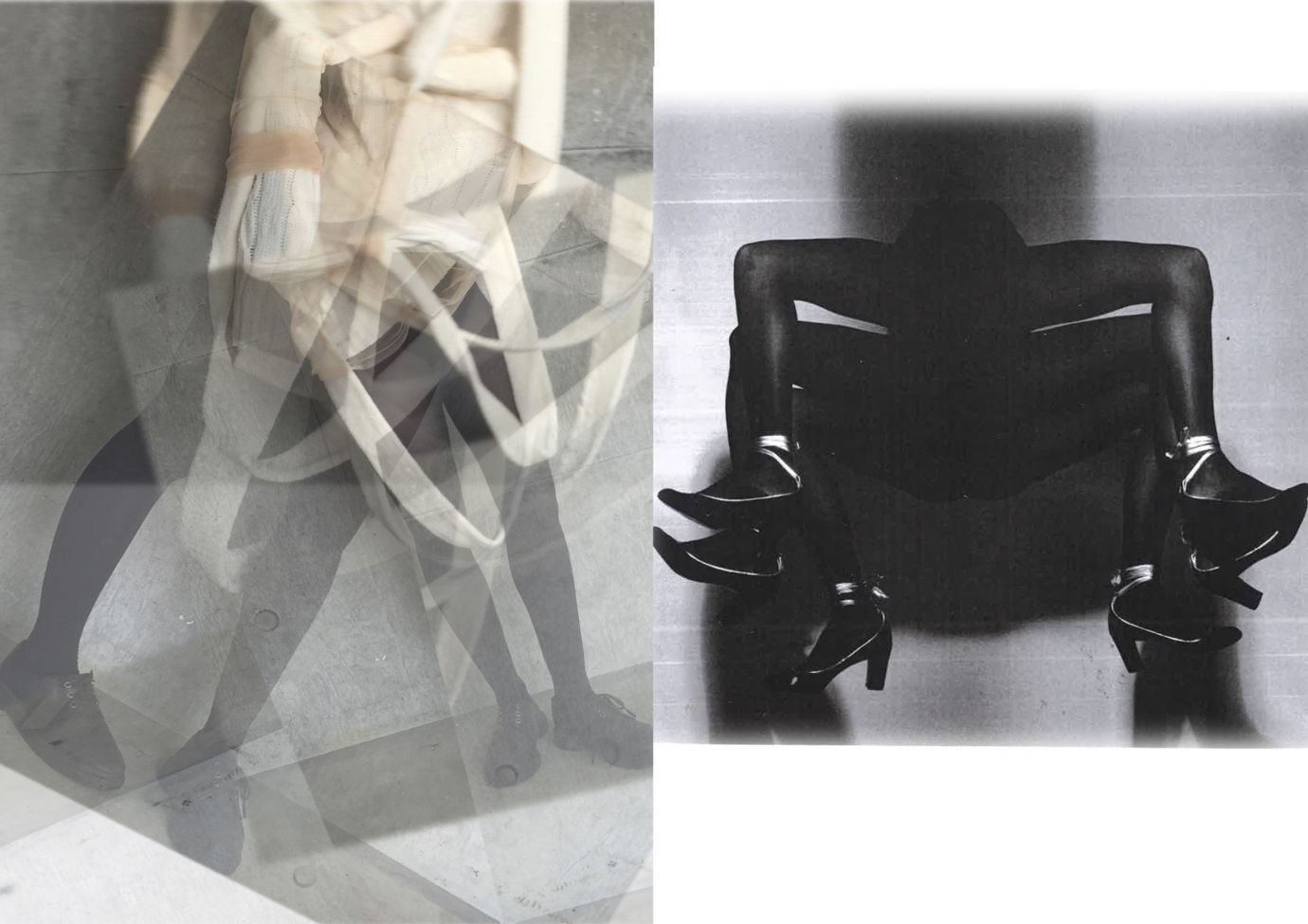“What story do I want to tell?” Starting off as a fashion blogger, Kristian David felt there was something missing. Posting his outfits and recreating pieces he saw on the runway wasn’t enough for the Assyrian-Swedish designer, he wanted to create his own narrative.
Kristian David’s bridge between the East and the West
Dancing the Chobi dressed in a Iraqi flag, the designer reappropriates elements of his heritage in his graduate collection
About to graduate from the Swedish School of Textiles, the starting point of the collection was his personal background. Kristian’s parents fled from Iraq and Lebanon, and as an Assyrian-Swedish of the first generation, the designer has found himself often reflecting on his heritage. The story he decided to tell through his garments is the one of a country he feels is still not accurately represented.
“My goal was to bring into my collection elements that people don’t usually dare to touch because they are considered preserved.”
Wanting to provoke and evoke feelings, Kristian’s collection features typical Middle Eastern elements, like the keffiyeh or the thawb, recontextualised, reshaped, altered. “I felt there was a disconnection between the Middle East and high fashion in the Western hemisphere. I want to be the one to bridge that gap,” he said. In his collection the designer has made a pledge to reclaim some of the most emblematic symbols of his heritage, looking at their untouched essence, charging them with new meanings. “My goal was to bring into my collection elements that people don’t usually dare to touch because they are considered preserved,” he said.
“Am I honouring my heritage or am I being frowned upon?”
Flipping patterns upside down, deconstructing sacred elements and adorning his body with the Iraqi flag, Kristian created clothes with the intent of exploring what kind of feelings touching such hallowed elements evoked. So, the keffiyeh was made into a patchwork suit with exaggerated shoulders, the jalsa upholstery, often used in hookah lounges, became an abaya cloak, and the flag of Iraq assumed the form of high waisted balloon trousers. Using these charged symbols left Kristian with a question he still hasn’t an answer for: “Am I honouring my heritage or am I being frowned upon?”
Looking back at his studies made the Assyrian-Swedish designer realise that the freedom characterising his creativity of today is the result of a long process of trial and error. “Thanks to my supervisor I learnt how to think less,” he said. Kristian David’s work feeds off of spontaneity, something he felt was being suffocated. “At the beginning I wanted to prove my technical ability, but if that means giving up on your narrative, there is not much to prove.” Telling a story has always been fundamental for the designer, who today values his unrestrained way of creating.
“Everything came back together, as if it was meant to be.”
Confident about his future in fashion and more than ready to begin to leave his mark, Kristian was not set back by the pandemic. “I feel I have had a better approach to my work being home. Here, surrounded by my heritage, I can really feel what I’m doing.” Blasting Iraqi folk dance music, listening to his parents watching the news a few meters away, being able to ‘set the mood’, contributed to the creation of his final collection. A collection that without this environment would have probably been different. “Everything came back together, as if it was meant to be,” he said.
Not even the widespread digitalisation of the fashion scene felt like a roadblock to the designer. His past as a fashion blogger gave him the tools to make his voice heard even through the barrier of a screen. Kristian’s Instagram became a platform to start showing his creations in their natural habitat, surrounded by the elements that inspired him. Wearing his collection, blasting folk dance music and dancing the traditional Chobi, the designer felt he could still speak despite all the hardships the world is going through.
“I would advise future students not to look at what others are doing. Focus on your work, look inside of it. Ask yourselves: what story do I want to tell?”
Having the goal to bridge the gap between Middle Eastern and the Western fashion, Kristian feels that in order to succeed, “You have to go hard.” Strong opinions, clear objectives in mind and avoiding comparing yourself to others is the key for success, according to the designer. “I would advise future students not to look at what others are doing. Focus on your work, look inside of it. Ask yourselves: what story do I want to tell?”
At the end of his studies the story Kristian is telling follows the threads of his heritage. His collection is the vehicle through which he decided to reshape the narrative of symbols charged with significance. A significance often misinterpreted. The garments he created tell the tale of a tradition he wants to soak with new meaning, sewing pieces together creating a patchwork of symbols that could finally talk about the Middle East without any veils of prejudice. “This is the story I want to tell.”



































